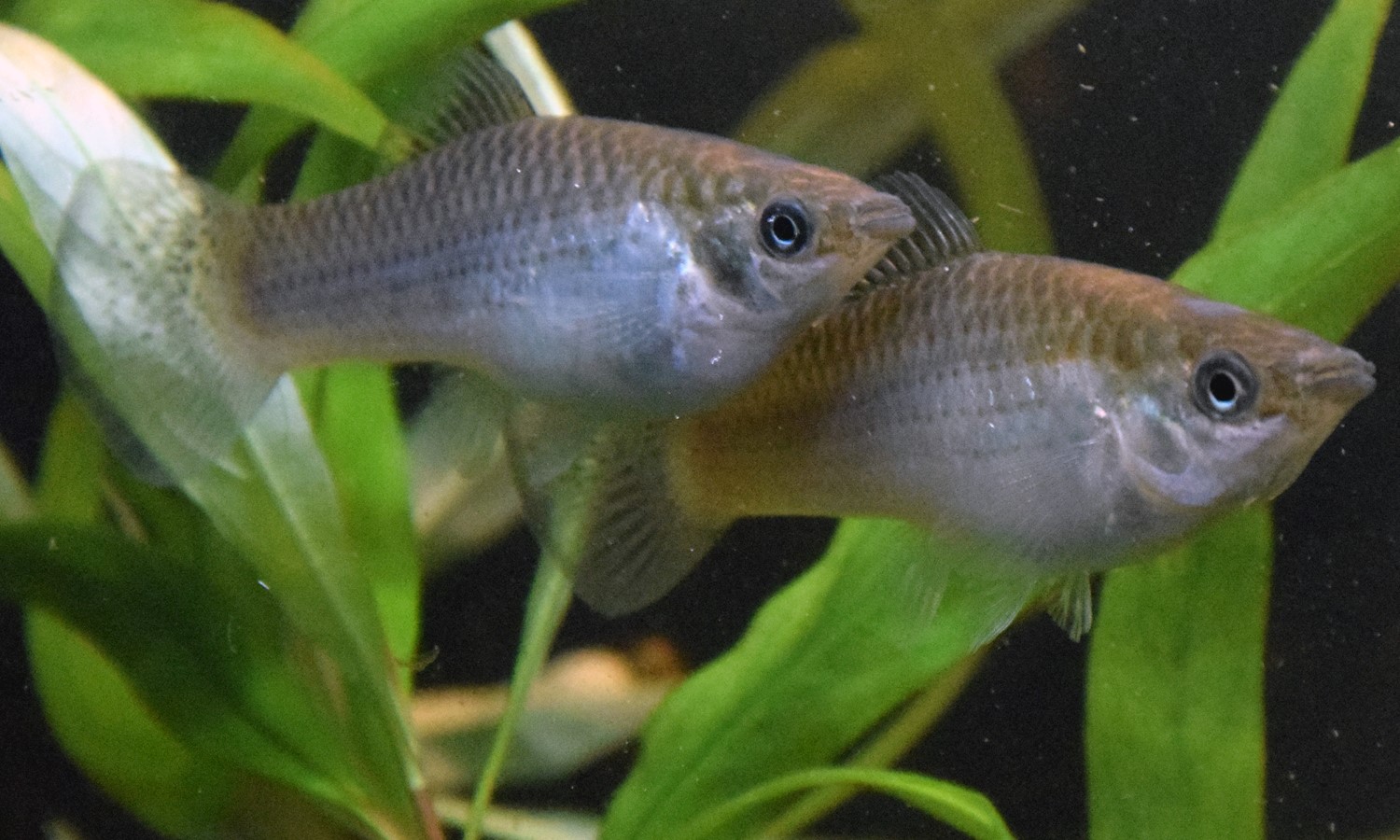
Bio:
Dr. Kate Laskowski is interested in investigating how evolution has shaped the developmental processes that generate behavioral individuality. She does this by generating replicate individuals and groups of the naturally clonal fish, the Amazon molly, allowing her to “replay the developmental clock.” Kate obtained her Bachelor’s of Science at the University of Maryland Baltimore County and her PhD from the University of Illinois where she worked under Alison Bell. She then moved to Berlin Germany to work at the Leibniz Institute of Freshwater Ecology & Inland Fisheries with Max Wolf and Jens Krause before joining the Department of Evolution & Ecology at the University of California Davis in 2019.
Abstract:
Individual behavioral variation is ubiquitous across the animal kingdom. Explaining the continued generation and maintenance of such variation is a fundamental goal in behavioral and evolutionary ecology. Our research tests key predictions drawn from theoretical models about how genetic correlations and developmental processes can drive the emergence of consistent individual behavioral variation. This work has shown that competition for, and acquisition of, resources may play key roles in shaping behavior variation both on evolutionary and developmental timescales. Using the clonal Amazon molly and an innovative high-resolution tracking system we can follow and manipulate individual experience with salient environmental cues such as resource availability and relative risk. We can track the behavioral development of individual fish from birth in, up to now, unprecedented detail, allowing us to pinpoint exactly when and in response to which cues individuality emerges. Our results highlight that in order to fully explain the presence of individual behavioral variation we need a comprehensive conceptual framework that explicitly accounts for how natural selection has shaped the developmental process.
Watch the seminar here!




